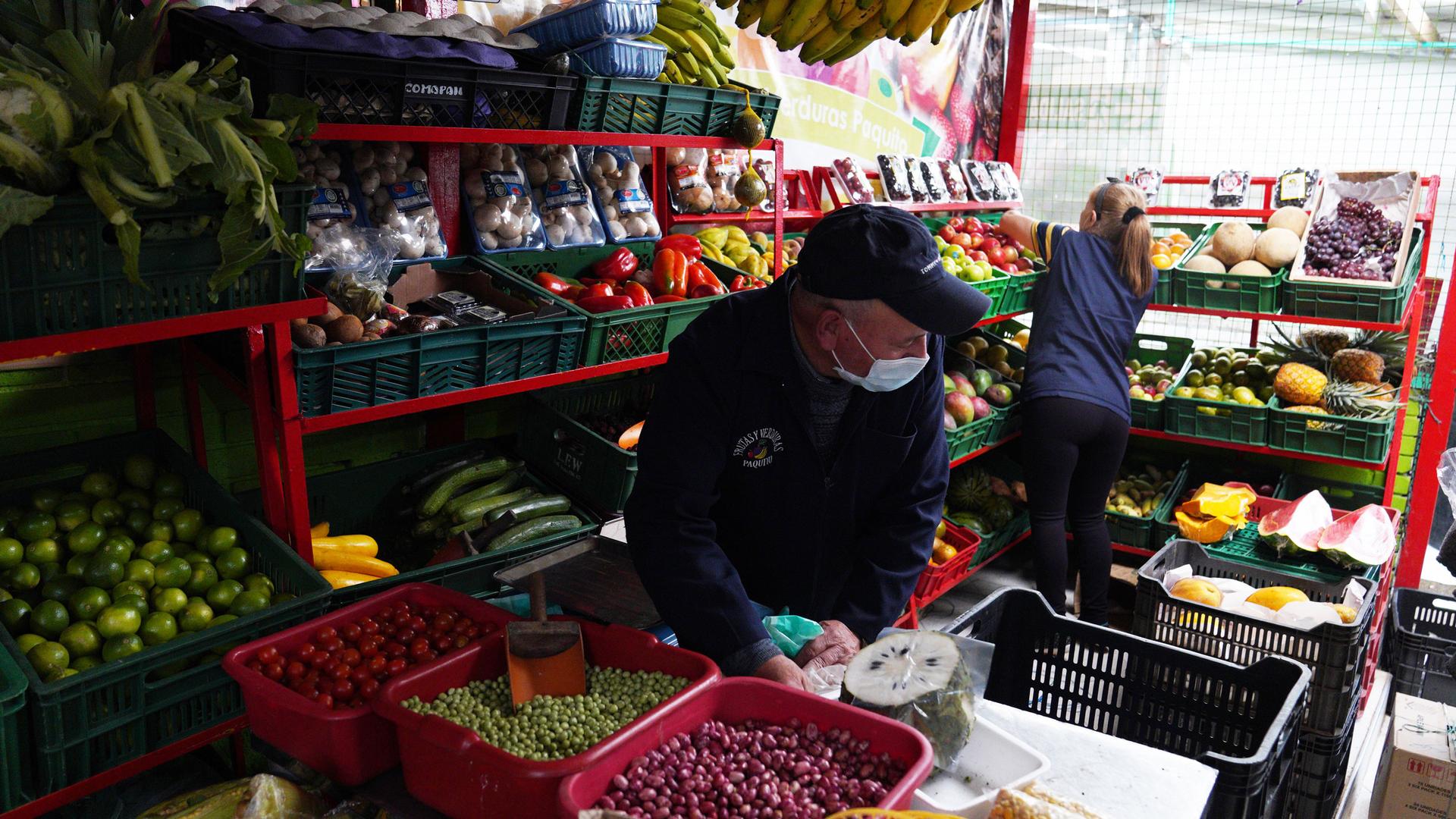Luz Dary Cogollo runs a food stall at La Perseverancia, a busy market in Colombia’s capital city. She specializes in ajiaco, a traditional soup made with three kinds of potatoes and chicken boiled with onion and local herbs.
Cogollo said that lately, her ingredients have been getting more expensive, and her business is struggling to stay afloat.
With food prices rising across the world because of the pandemic and the war in Ukraine, many people around the world are bracing for even tougher times.
Related: Colombian farmers bet on bird-watching lodges to conserve forests
“A year ago, I was buying 100 pounds of potatoes for $12. Now, it can cost up to four times as much. Prices have gone through the roof.”
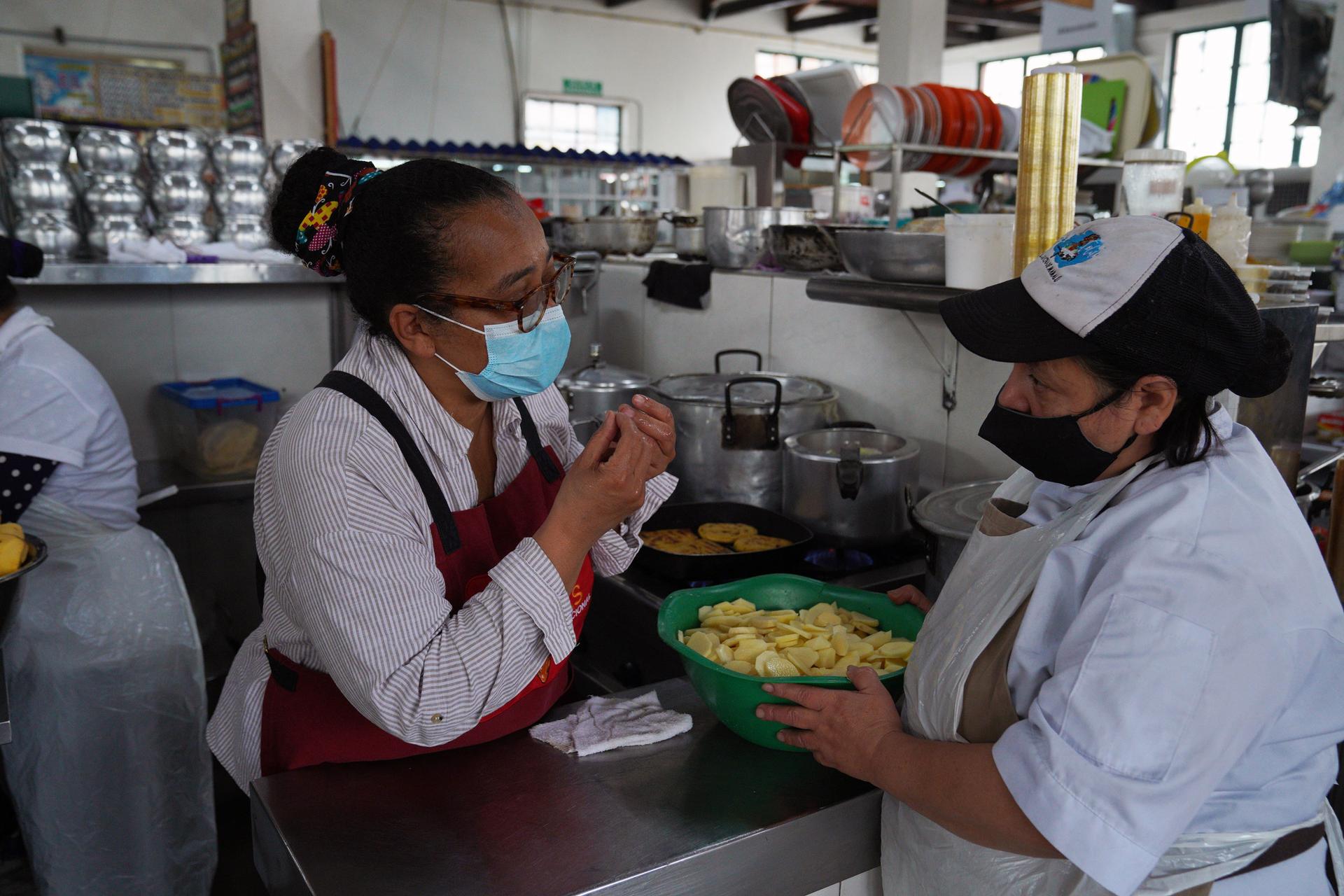
“A year ago, I was buying 100 pounds of potatoes for $12,” Cogollo said. “Now, it can cost up to four times as much. Prices have gone through the roof.”
Before the war broke out in late February, Ukraine was a major exporter of wheat and corn. Many countries in Africa and Latin America also depended on fertilizer produced in Ukraine and Russia to grow their own staples.
Related: This Ghanaian chef quit his job to fight hunger in vulnerable African communities
As shipments of these commodities are disrupted by the Russian invasion of Ukraine, developing countries like Colombia are struggling to find new suppliers, while their governments are quickly trying to come up with new ways to control eye-popping inflation rates.
Some officials fear that the war’s economic fallout could also increase malnutrition as food becomes more expensive and forces the poorest households to skip meals.
“For a long time, we have not been self-sufficient when it comes to food inputs. … So anytime there is a global crisis that affects fertilizer, prices of food here can go up.”
“For a long time, we have not been self-sufficient when it comes to food inputs,” said Rodolfo Correa, secretary of Agriculture in Antioquia, Colombia’s second-largest state. “So, anytime there is a global crisis that affects fertilizer, prices of food here can go up.”
In Colombia, food prices rose by 23% in February, according to government statistics, partly because of hikes in fertilizer prices.
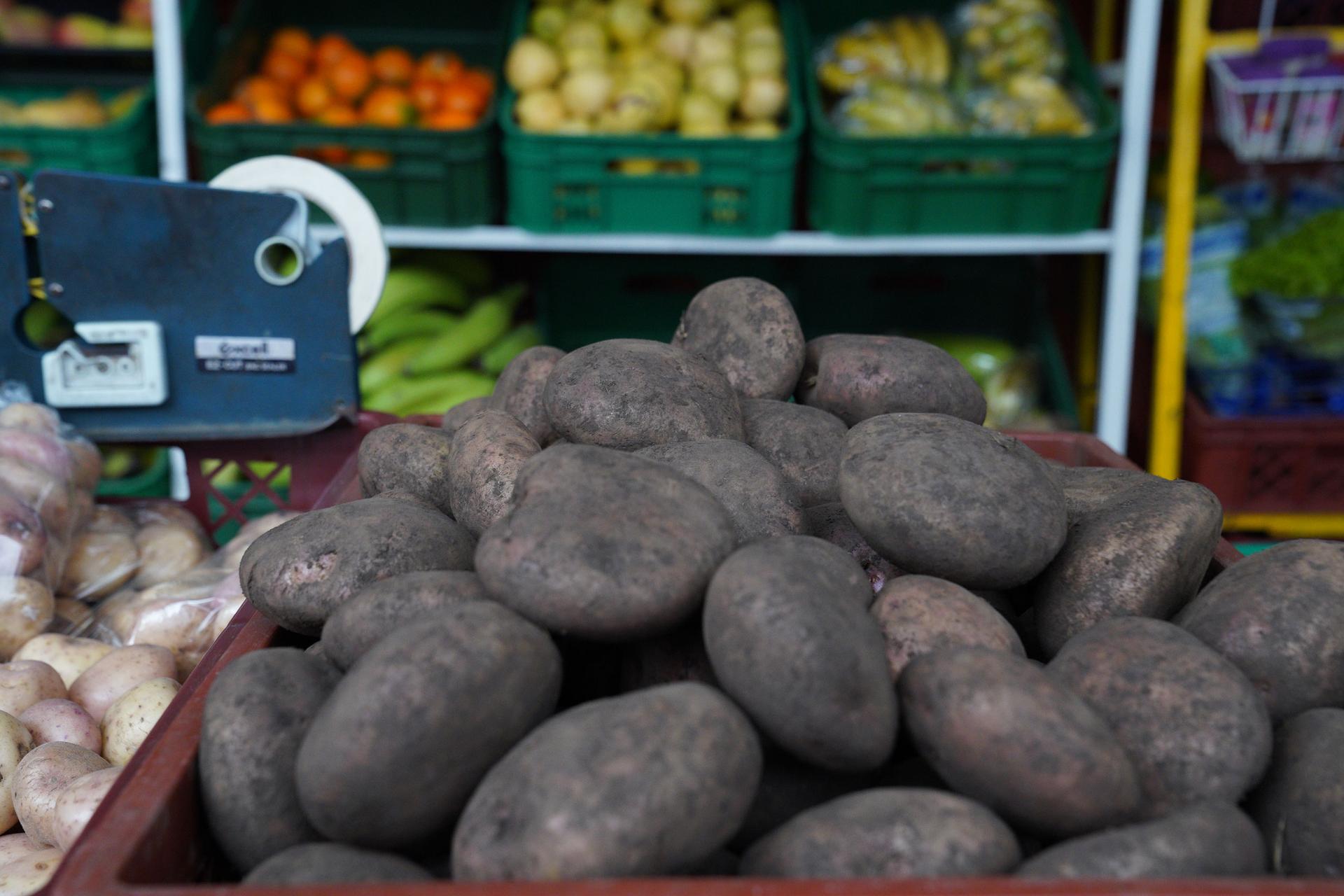
When the war broke out at the end of the month, the South American country was buying 40% of its fertilizer from Ukraine and Russia. That supply is mostly inaccessible now, and importing fertilizer from other countries is also becoming more expensive.
The cost for Urea, one of the most common fertilizers, rose by 30% in futures markets since the war in Ukraine began. And that’s making it harder to grow food in many parts of the world.
In Argentina, a recent study said that up to 25% of the local wheat crop could be lost this year due to fertilizer shortages.
In Mexico, newspapers are reporting that tortillas — a staple for Mexicans — have reached the highest prices in a decade because the war in Europe is also diminishing the global corn supply.
Before the war, Ukraine was the world’s fourth-largest corn exporter. And the fifth-largest wheat producer.
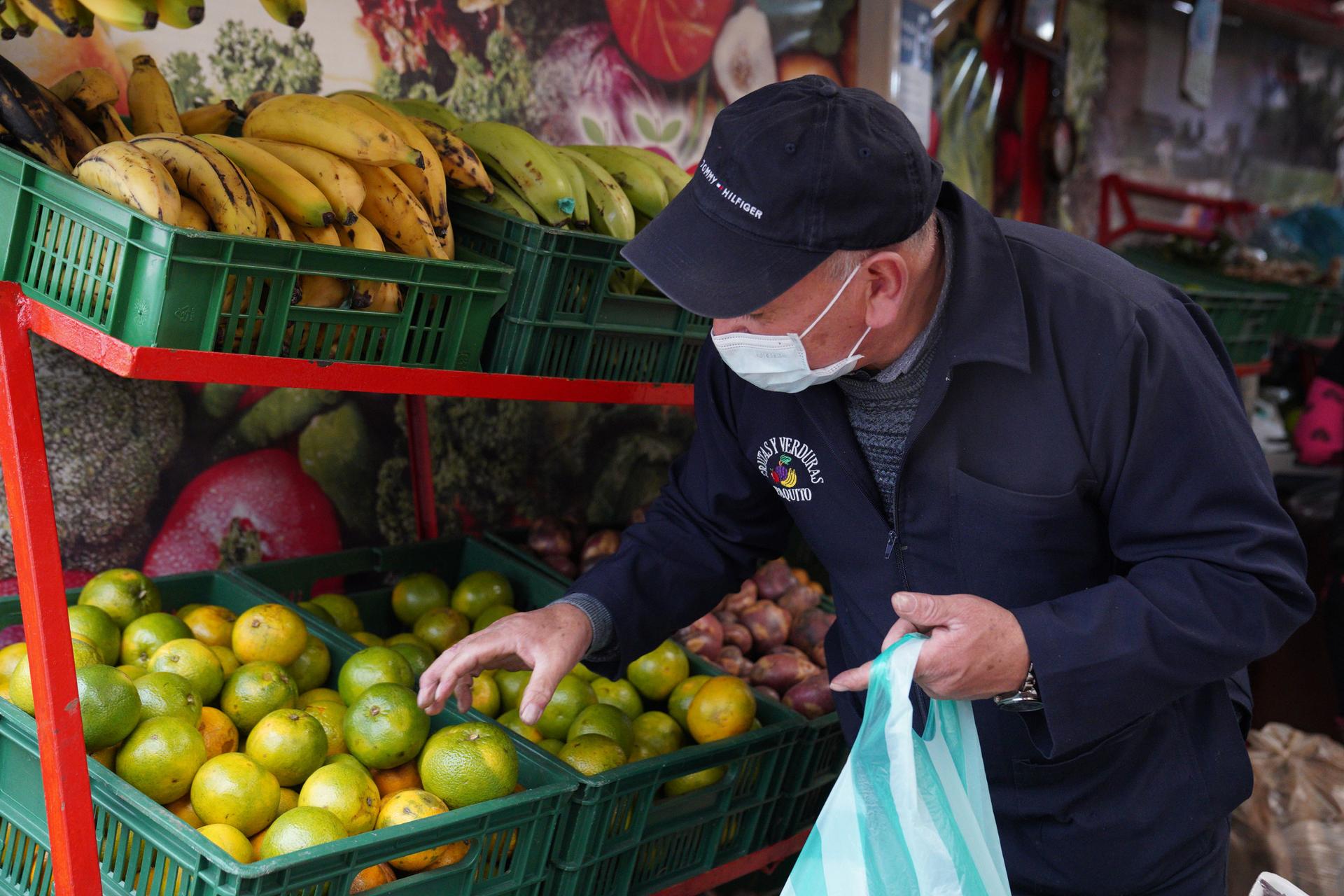
African countries that were importing large amounts of wheat from Russia and Ukraine are already struggling to find new suppliers. So, some are trying to replace wheat with other cereals.
“Prices are rising across the board but not as much for things like sorghum or barley or millet, which are more domestically produced cereals in Africa.”
“Prices are rising across the board but not as much for things like sorghum or barley or millet, which are more domestically produced cereals in Africa,” said Danielle Resnick, a researcher at the Brookings Institution who focuses on African economics.
In West African countries like Senegal, the government is doling out subsidies to rice farmers to increase the supply of that cereal, she explained.
But giving farmers subsidies to boost domestic food production is not easy for low-income countries that have already spent billions of dollars to help people affected by the pandemic.
“Many of these [African] governments are quite cash strapped,” Resnick said. “Many are in debt distress or defaulted on their debt during the pandemic.”
In Colombia, the number of people who don’t eat three meals a day tripled during the pandemic, and now makes up about 30% of the population. Economists say hunger could increase if food prices continue to soar.
“Colombians who live in poverty are already spending around 25% of their income on food. … So, changes in prices disproportionally affect those families.”
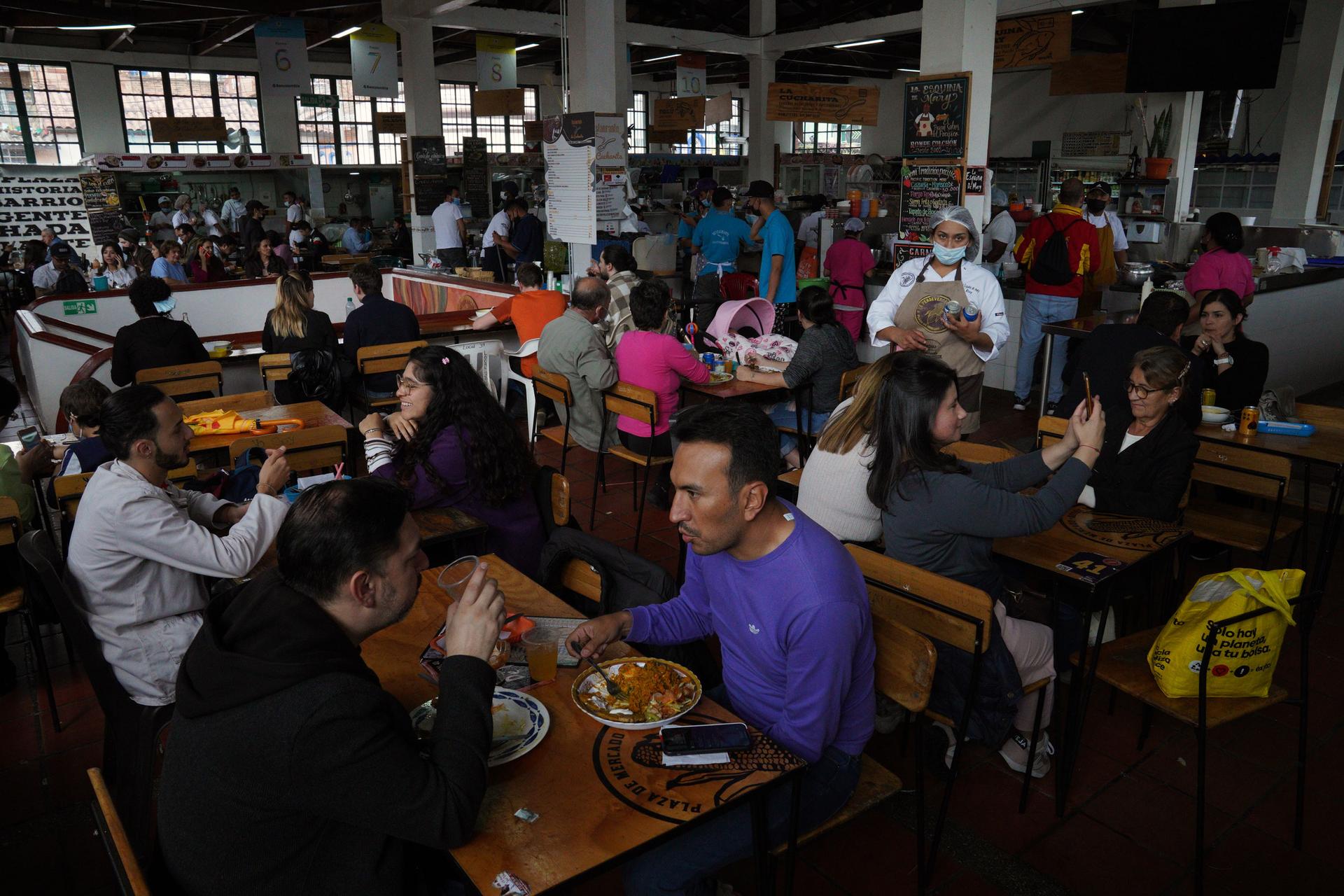
“Colombians who live in poverty are already spending around 25% of their income on food,” said Luis Fernando Mejia, director of the Fedesarollo think tank in Bogotá. “So, changes in prices disproportionally affect those families.”
As the war in Ukraine continues, Colombia has taken some measures to slow down food inflation, like dropping taxes on imports of grains and fertilizers. Plans are also underway to invest in local fertilizer factories.
At La Perseverancia market, customers are hoping that those policies work.
Magdalena Moreno, a shopper at one of the market’s fruit and vegetable stalls, said that oranges are costing twice as much as they did a year ago.
“Now, we will have to see what this war brings,” she said. “But even if everything is expensive — at least we’re lucky that it’s safe here.”
